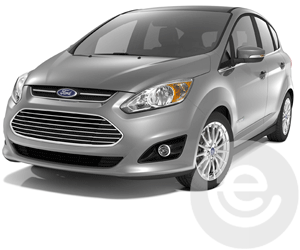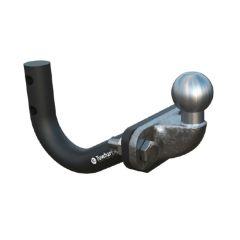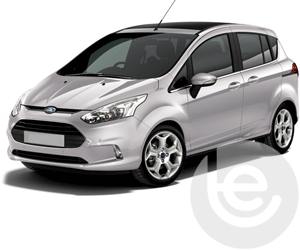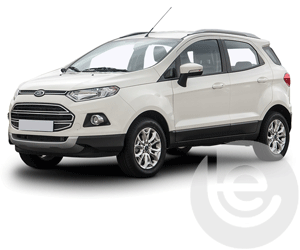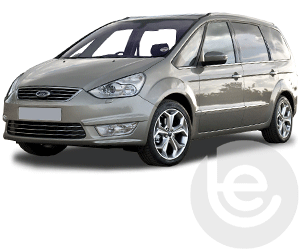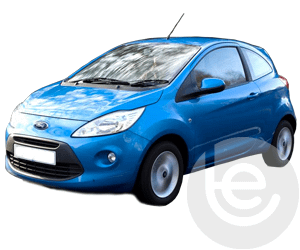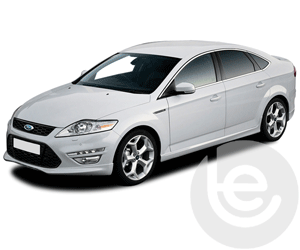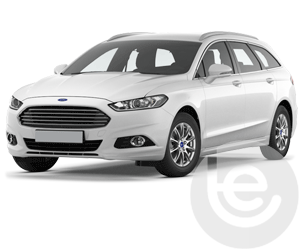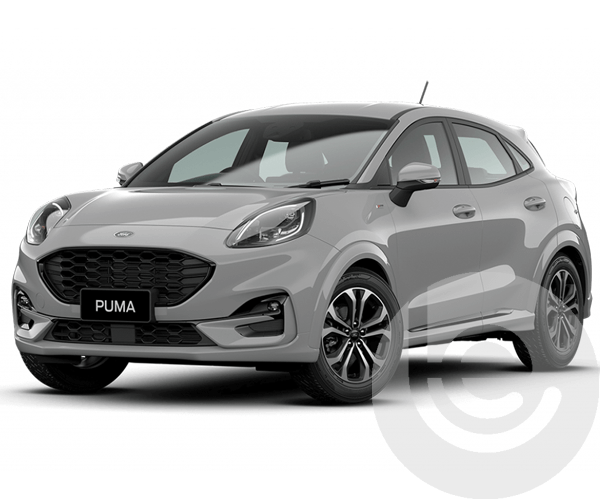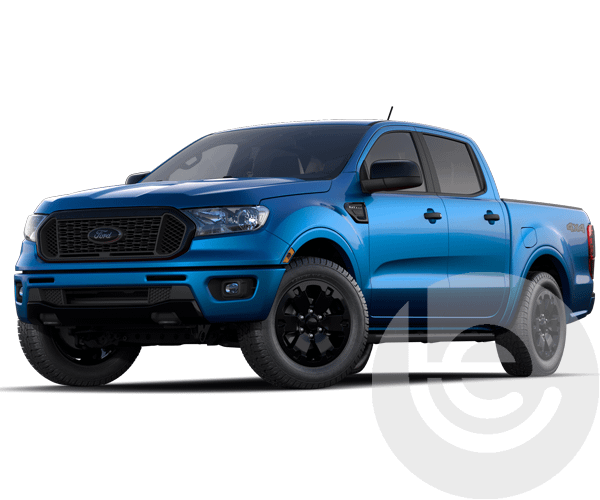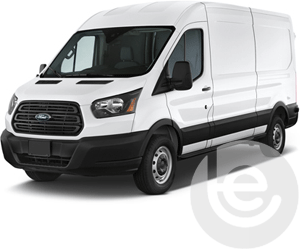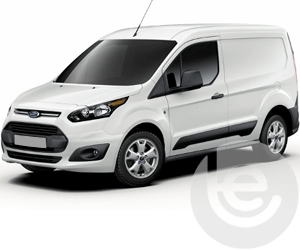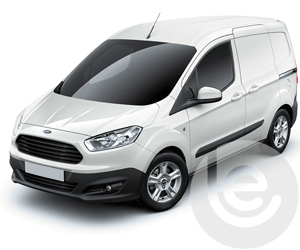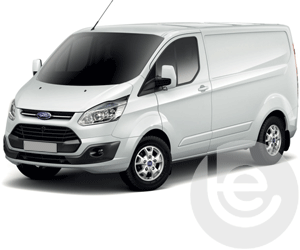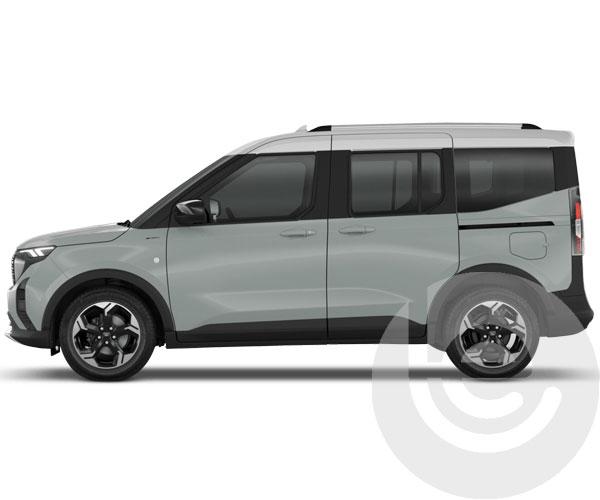More about the Ford C-Max
The C-Max comes with an array of engines to choose from when it comes to towing. Later models come with a 1.0L or 1.5L EcoBoost or 1.5L diesel engine - ranging from 100 to 150PS, whilst older models offer a 1.6L Petrol and 1.6 or 2.0L diesel engine, providing plenty of power for trailers and even some smaller caravans. Thanks to the spacious interior, the Ford C-Max is also ideal for longer journeys, with plenty of storage for luggage.
What's my Towing Capacity?
The maximum braked towing capacity of the Ford C-Max varies by engine size and model, ranging from around 750kg to 1500kg. To check the towing capacity of your vehicle, please refer to the vehicle’s VIN plate.
Which Towbar is best for my Ford C-Max?
A fixed flange towbar has a plate to which the towball bolts, allowing accessories such as bumper protector plates and bolt-on cycle carriers to be attached. Due to the extra size added by this design, the fixed flange towbar is generally not advised for vehicles with parking sensors, as it is the most likely to be detected.
If you do not want to remove your towbar, a fixed swan neck offers a cheaper alternative to the detachable swan neck. The fixed swan neck is less likely to interfere with parking sensors than the fixed flange towbar, though we cannot guarantee the neck will not be detected. Swan neck towbars are compatible with ALKO stabilisers, simply needing the paint removed from the towball.
The detachable swan neck towbar is recommended for vehicles with parking sensors, as the neck is removable when not in use to avoid potential interference. As with the fixed swan neck, the detachable swan neck is compatible with ALKO stabilisers.
Will it need a bumper cut?
A non-visible bumper cut is required for the Ford C-Max, meaning that on detachable towbars, when the neck is detached and the electrical socket rotated behind the bumper, there is almost no evidence of a towbar fitting at all.

How do I book a Towbar Fitment?
We know our customers lead busy lives, which is why our Engineers will come to your home or your place of work. You can choose whether you want your appointment to be in the morning between 8 am and 12 pm or in the afternoon between 12 pm and 6 pm. Our team will fit your Towbar at a time that’s convenient to you. Our towbar fitting service can take as little as one hour and up to four hours, depending on your vehicle.
To get a quote, all you need to do is search for your vehicle below or enter your registration number and postcode above. You can book your date, time, and location online, and we will take care of the rest. We will bring everything needed to complete the job in one appointment. If you order any Cycle Carriers or accessories with your Towbar, the Engineer will also bring those to the appointment.
Why choose Towbar Express?
Towbar Express have over 30 years of experience in the industry, and we know exactly what you need! We employ all our Towbar Engineers, so we won’t just contract out the work to a 3rd party company. They are all trained to a high standard, and training is carried on throughout their employment with us to ensure they understand every aspect of every vehicle. New vehicles are released every year, and our Engineers are trained, and their knowledge is updated constantly.
We have thousands of 5* reviews on Trustpilot and Google from customers who have taken their time to send us their feedback! We appreciate every single one of them and thank them for taking the time to review us!



